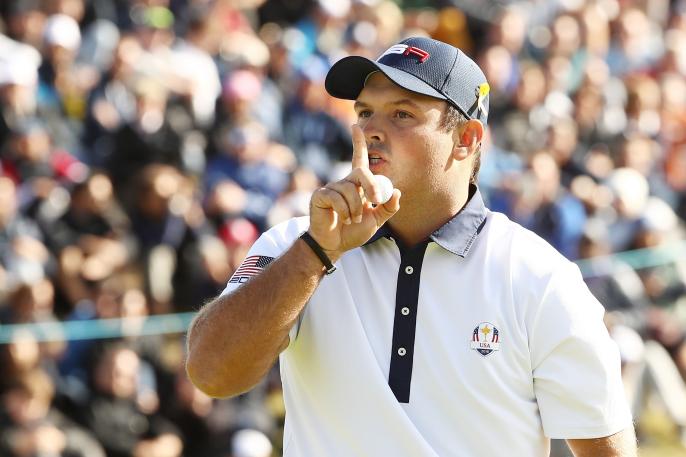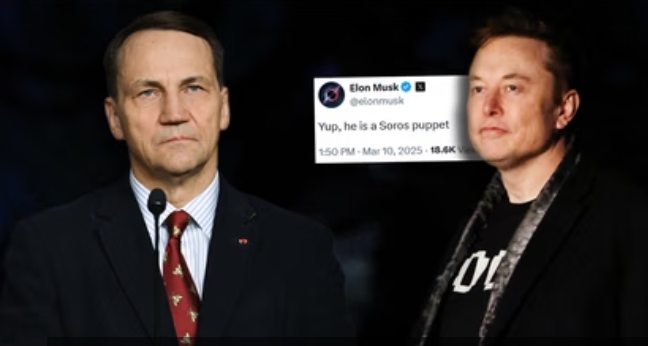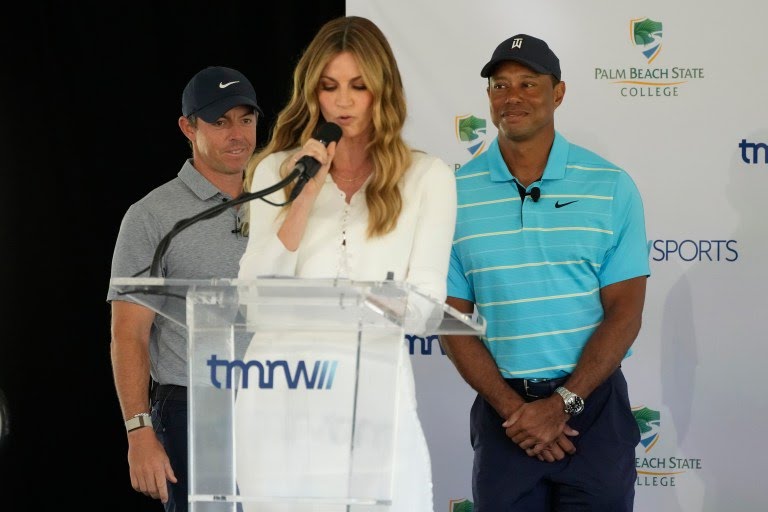# PGA Tour-LIV Merger Talks Hit a Wall: Is Jon Rahm’s $300 Million Standoff the Real Issue?
# PGA Tour-LIV Merger Talks Hit a Wall: Is Jon Rahm’s $300 Million Standoff the Real Issue?
In a shocking twist to the ongoing saga of the PGA Tour and LIV Golf merger negotiations, new reports have emerged suggesting that tensions are brewing among players, particularly concerning LIV star Jon Rahm. Rumors have circulated that PGA Tour players are demanding Rahm relinquish his substantial earnings from the breakaway league as a precondition for his return. However, a closer look reveals a much deeper and more complex web of negotiations that could dictate the future of professional golf.
The $300 Million Question: Rahm’s Role in the Negotiations
Golf Digest’s Joel Beall recently weighed in on the situation, asserting that the focus on Rahm’s finances is a distraction from the real issues at play. According to Beall, sources indicate that the discussions around integrating LIV players back into the PGA Tour do not hinge on whether Rahm returns the reported $300 million he earned from LIV. Instead, the crux of the negotiations lies in defining what a unified golfing landscape would look like—one where LIV and PGA players can coexist and thrive.
The Bigger Picture: Integrating LIV Players
As talks between the PGA Tour and the Public Investment Fund (PIF) continue, the primary concern remains the future of LIV Golf itself. The league, as it currently stands, may be nearing its end, but it’s likely to evolve into a different form that would still exist alongside the PGA Tour. The challenge is not just about the financial aspects but also how to seamlessly integrate players from both sides, creating a cohesive and competitive environment.
Invitations: The Path Forward?
Prominent figures like Padraig Harrington have suggested that the way forward could involve a system of invitations. This would allow players from LIV Golf to participate in certain PGA Tour events and vice versa. Such a system could bridge the divide, enabling high-profile players like Rahm and Sergio Garcia to participate in their country’s open events, maintaining their ties to traditional golf.
This proposal also offers a tantalizing prospect for fans: the possibility of seeing some of the PGA Tour’s biggest names make surprise appearances at LIV events, injecting new excitement into both leagues. Given the current deadlock in negotiations, this invitational approach might be one of the few viable solutions for achieving a semblance of unity in professional golf.
Conclusion: A Long Road Ahead
As the PGA Tour and LIV Golf continue their discussions, the focus will undoubtedly remain on how to resolve these complex issues. While Jon Rahm’s financial situation has drawn considerable attention, it is crucial to understand that the negotiations are far more intricate than a single player’s earnings. The golf world is at a pivotal moment, and how these discussions unfold will shape the landscape of the sport for years to come. Will a solution be reached that satisfies all parties, or will the divisions in professional golf persist? Only time will tell.






